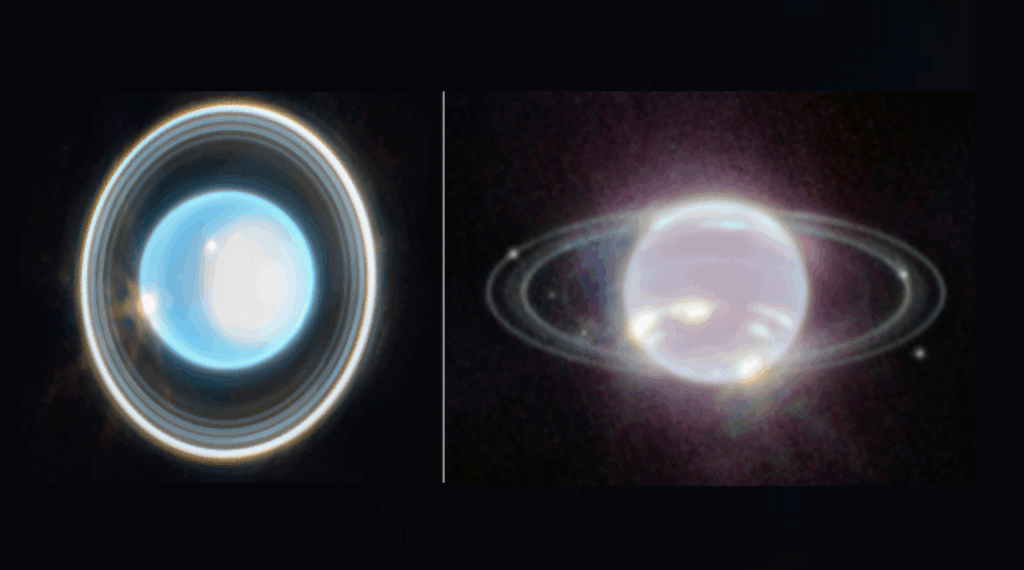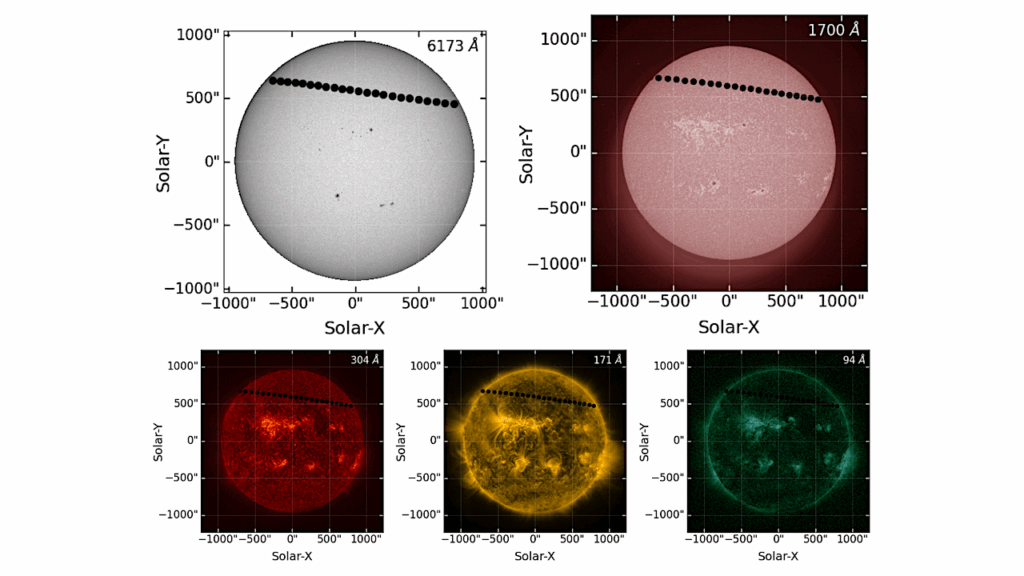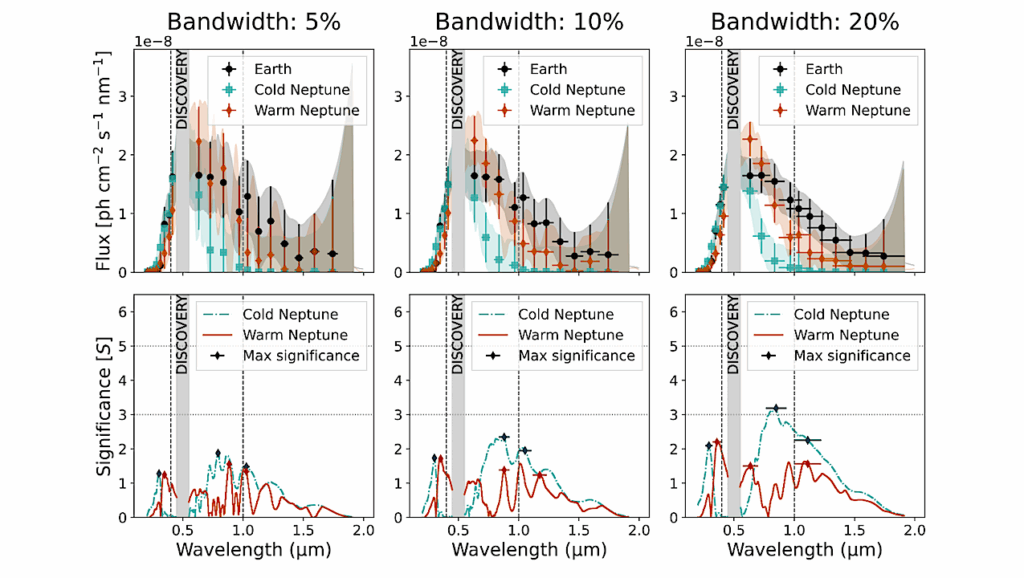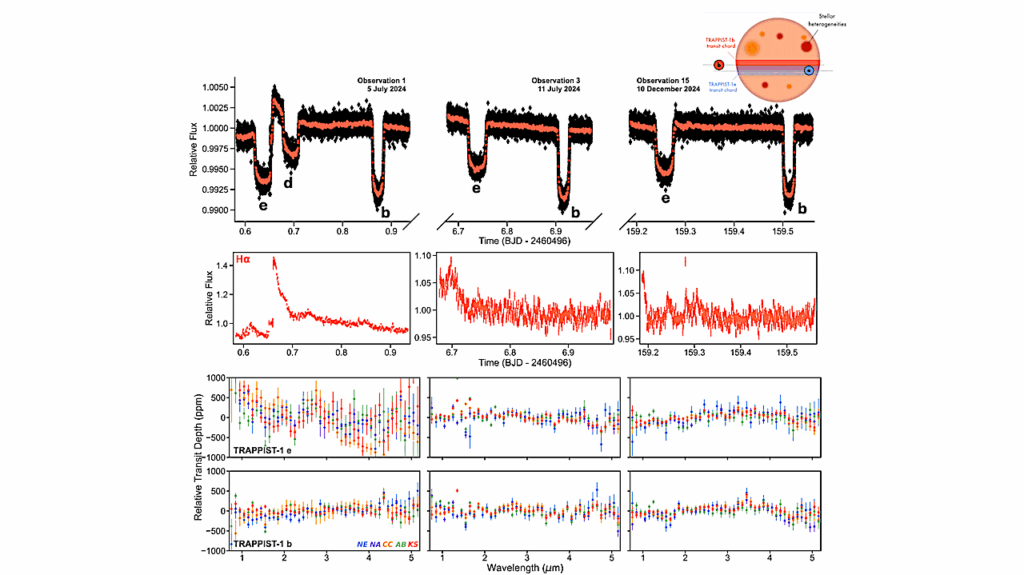Did A Methane Burst Cause the end-Permian Extinction?

The end-Permian extinction is associated with a mysterious disruption to Earth’s carbon cycle. Here we identify causal mechanisms via three observations.
First, we show that geochemical signals indicate superexponential growth of the marine inorganic carbon reservoir, coincident with the extinction and consistent with the expansion of a new microbial metabolic pathway. Second, we show that the efficient acetoclastic pathway in Methanosarcina emerged at a time statistically indistinguishable from the extinction.
Finally, we show that nickel concentrations in South China sediments increased sharply at the extinction, probably as a consequence of massive Siberian volcanism, enabling a methanogenic expansion by removal of nickel limitation. Collectively, these results are consistent with the instigation of Earth’s greatest mass extinction by a specific microbial innovation.
Full paper: Methanogenic burst in the end-Permian carbon cycle, PNAS








